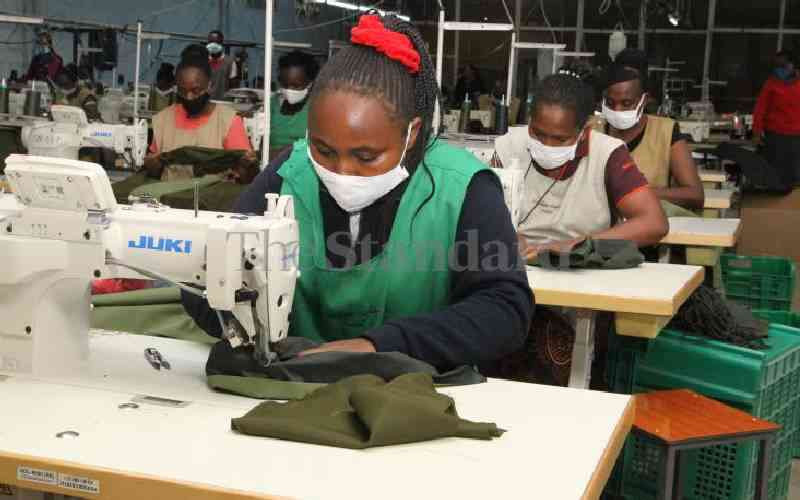By Fredrick Obura
NAIROBI, KENYA:
Employers might redesign regulation at work minimizing use of personal devices at work blamed for rise in online insecurity to businesses.
A new study by Cisco networks blames current work lifestyles adopted by employees for the rise of network insecurity in offices.
Security risks in businesses are on the rise because many employees adopt “my way” work lifestyles in which their devices, work and online behavior mix with their personal lives virtually anywhere – in the office, at home and everywhere in between.
Cisco report says the today’s trend towards ‘Bring Your Own Device’ (BYOD) is increasingly impacting IT departments. According to Cisco Internet Business Solutions Group (IBSG) Research 95 per cent of organizations globally now allow employee-owned devices in some way, shape or form in the workplace.
BYOD does however bring complexity when it comes to security and IT Support. The challenge that the Middle East and Africa will face with BYOD is introducing and managing a solid security strategy.
As more and more employees are using devices for both personal and business activities, the issues with potential loss of confidential company data increases as IT departments are less in control.
Companies in 2013 will have to ensure that devices have business application and data isolated and protected.
Cisco Annual Security Report (ASR) in Middle East and Africa also reveals that the highest concentration of online security threats come from legitimate destinations visited by mass audiences, such as major search engines, retail sites and social media outlets.
According to the report, android malware encounters grew 2,577 percent over last year; however, mobile malware represents only 0.5 percent of total Web malware encounters.
Android malware entered the mainstream consciousness in 2012 with explosive growth and the first documented botnet.
Spam volume in the report dropped 18 percent from 2012 to 2011, with spammers working “banker’s hours” for a 25 percent drop in spam over the weekend. “In 2012, the majority of spam was sent during the workweek – Tuesday was the heaviest spam day of the year,” says the survey.
India is the top source of spam worldwide, with the U.S. moving from sixth in 2011 to second in 2012. Korea, China and Vietnam round out the top five.
The top spoofed brands involve prescription drugs and luxury watches like Rolex and Omega. Cisco says spammers maximize the return on investment of their efforts, targeting real-world events with specific and short-lived campaigns.
 The Standard Group Plc is a multi-media organization with investments in media
platforms spanning newspaper print operations, television, radio broadcasting,
digital and online services. The Standard Group is recognized as a leading
multi-media house in Kenya with a key influence in matters of national and
international interest.
The Standard Group Plc is a multi-media organization with investments in media
platforms spanning newspaper print operations, television, radio broadcasting,
digital and online services. The Standard Group is recognized as a leading
multi-media house in Kenya with a key influence in matters of national and
international interest.
 The Standard Group Plc is a multi-media organization with investments in media
platforms spanning newspaper print operations, television, radio broadcasting,
digital and online services. The Standard Group is recognized as a leading
multi-media house in Kenya with a key influence in matters of national and
international interest.
The Standard Group Plc is a multi-media organization with investments in media
platforms spanning newspaper print operations, television, radio broadcasting,
digital and online services. The Standard Group is recognized as a leading
multi-media house in Kenya with a key influence in matters of national and
international interest.









